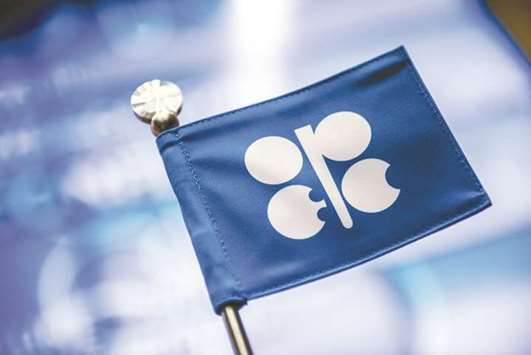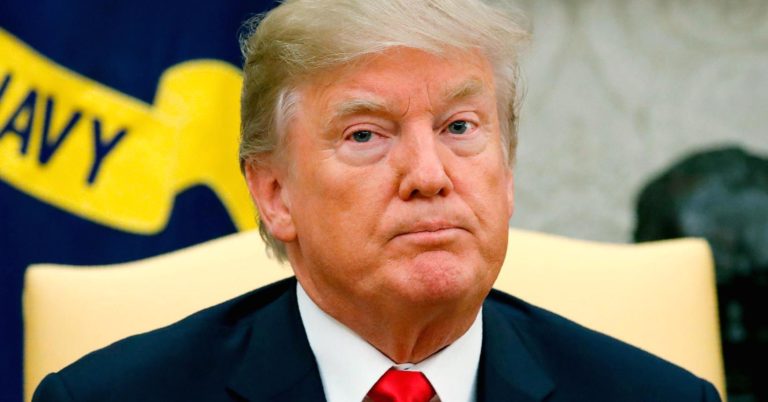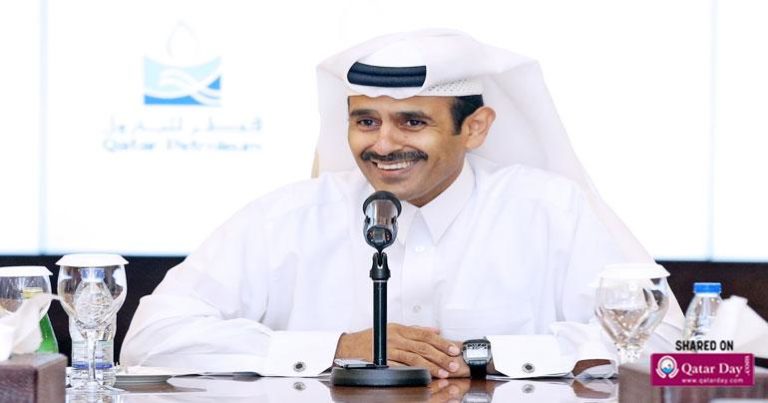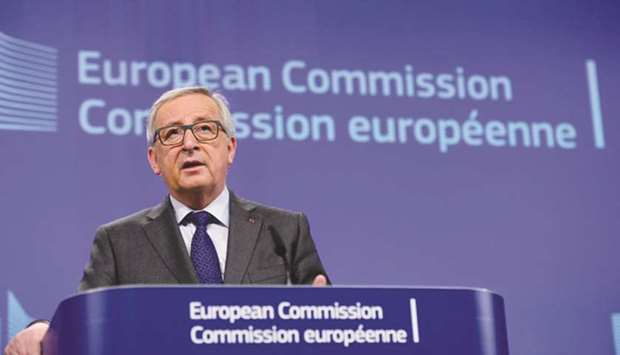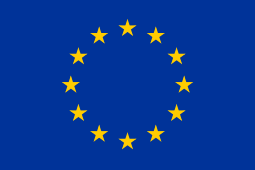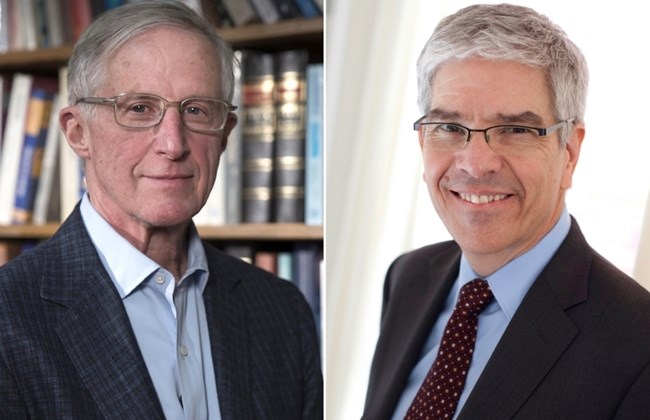ECB is divided over protectionist risks to eurozone, show minutes
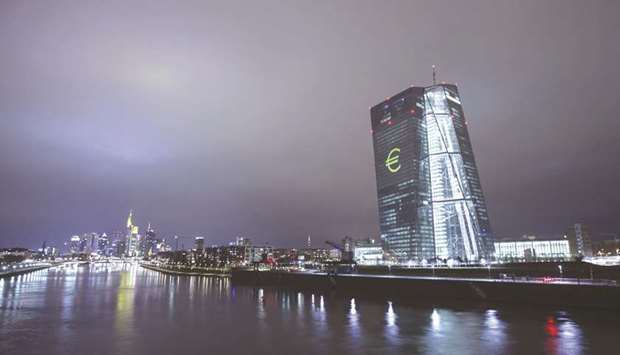
AFP, Reuters/Frankfurt
European Central Bank chiefs were divided at their September meeting over the danger to the eurozone economy from protectionism and other global threats, with some calling for a gloomier assessment.
“It was remarked that a case could also be made for characterising the risks to activity as now being tilted to the downside,” according to a regular account of the private gathering published by the ECB yesterday.
Following the September 13 meeting, ECB president Mario Draghi told journalists that risks to the 19-nation single currency area remained “broadly balanced”. The account reveals colleagues on the institution’s governing council had earlier highlighted “risks relating to rising protectionism, vulnerabilities in emerging markets and financial market volatility having gained more prominence recently”. In the end, policymakers decided to stick to the “broadly balanced” language.
“The underlying strength of the economy was judged to be mitigating downside risks,” they agreed.
At its meeting in Bali this week, the International Monetary Fund (IMF) also expressed caution for the eurozone over growing risks, downgrading its 2018 growth forecast from 2.2 to 2.0%. A slowdown in economic activity could trip up the ECB as it winds down its “quantitative easing” (QE) mass bond-buying scheme, designed to boost economic growth and inflation by pumping cash through the financial system and into the real economy.
It is on the home stretch of its exit, slashing monthly purchases of government and corporate debt by half to €15bn ($17.4bn) in October before a planned stop in December.
But with inflation projected to hover around 1.7% between this year and 2020, the central bank remains short of its target of price growth close to, but below 2.0%. Even after the end of QE, it plans to keep interest rates at historic lows “through the summer of 2019” to help keep credit flowing to firms and households.
The ECB kept policy unchanged as expected last month, staying on track to wrap up a €2.6tn ($3tn) bond purchases scheme this year and raise interest rates next autumn, continuing its slow but steady pace of policy tightening.
Indeed, even as trade tensions weighed on growth and a stock market selloff amplified growth fears, some policymakers argued that was not enough for the bank to backtrack on policy normalisation.
“A gradual pace of monetary policy normalisation is justified,” Finnish central bank chief Olli Rehn said in Indonesia on yesterday. “The current strength of the euro area economy supports our confidence that inflation will converge towards… the ECB’s price stability target.” But some policymakers appear to be increasingly cautions, according to the minutes.
“A remark was made that some of the factors behind the (downward growth) revisions might not be entirely of a transitory nature,” the minutes showed. “It was also argued that there could be larger spillovers from weaker external demand to domestic demand.”
Still, while some policymakers argued that the case could be made for downgrading the risk assessment, there was agreement that the underlying strength of the economy would mitigate the downside risks to activity.
“High-frequency indicators had stabilised and remained at elevated levels, underlining the overall robustness of economic activity,” chief economist Peter Praet told policymakers at the meeting, the minutes showed. With years of unprecedented stimulus finally lifting inflation, the ECB has been dialling back support, but only by the smallest of increments, fearing that bigger moves risked unravelling its work.
While the ECB has not explicitly pledged any rate hikes, policymakers, including Praet, have argued that they were comfortable with market expectation for a small increase in the fourth quarter of 2019, followed by only small and infrequent moves.
“To be any more precise than that, to lock in a date, to tie our hands, would be rather risky,” Ardo Hansson, Estonia’s central bank chief said at the annual meeting of the International Monetary Fund yesterday.
“When we get closer, we can have another discussion if we need to adjust the language again, but this is not a debate we are going to have just yet,” Hansson said.
Policymakers also concluded last month that domestic cost pressures continued to build and broaden, indicating that inflation would rise, moving back towards the bank’s target of almost 2% after undershooting it for over five years.
